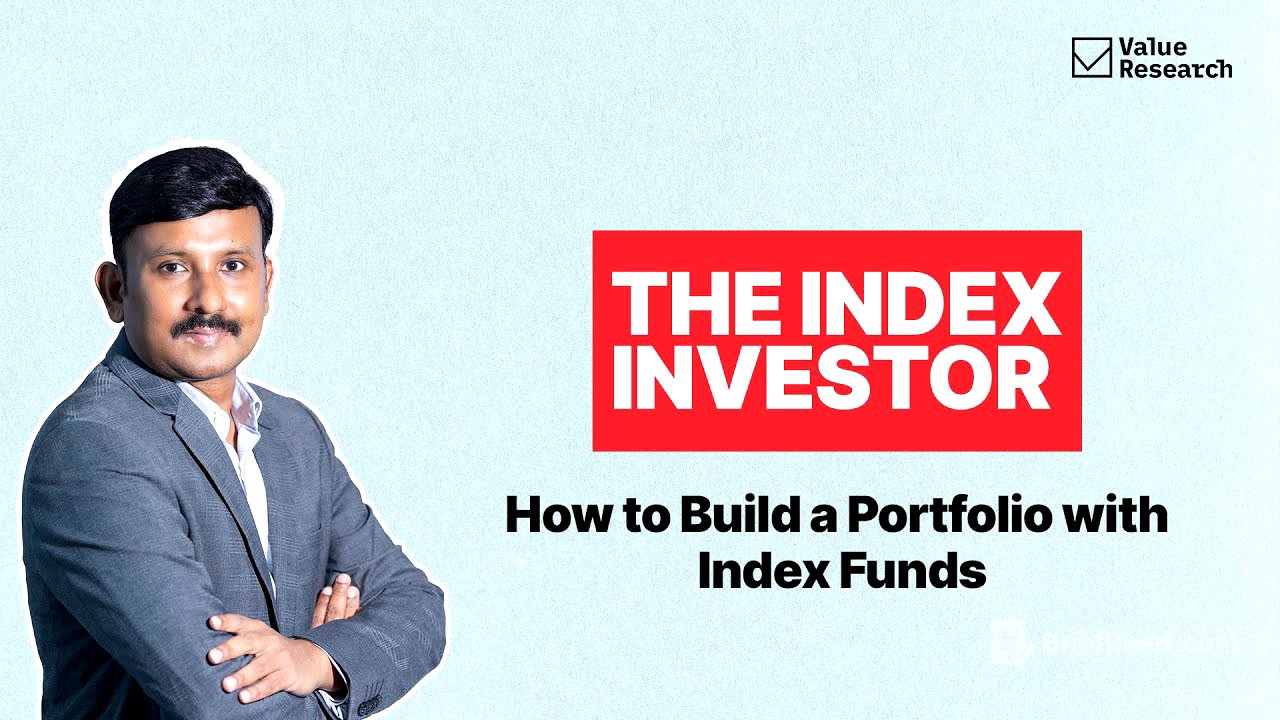TLDR;
This episode of "The Index Investor" features Arun Sundares, Head of ETF at Nippon India Mutual Fund, discussing how to build a strong investment portfolio using index funds. The discussion covers asset allocation, rebalancing, and how index funds can be used to achieve various financial goals.
- Investors can navigate the wide array of index funds by understanding the underlying asset classes: equity, fixed income, and commodities.
- Index funds can be sufficient for meeting long-term financial goals like retirement and education by strategically choosing funds and utilizing systematic investment plans (SIPs) and systematic withdrawal plans (SWPs).
- Passive debt funds offer options for investing in government securities and AAA-rated corporate bonds, allowing investors to target specific maturities and manage interest rate risk.
- Rebalancing in index funds is both automatic, due to the rules-based nature of the funds, and manual, based on the investor's changing needs and risk tolerance.
Introduction [0:05]
The episode introduces the concept of building a robust portfolio using index funds. Arun Sundares from Nepon India Mutual Fund joins the host to discuss practical strategies for asset allocation, rebalancing, and the overall effectiveness of index funds in achieving financial goals.
With so many indices to choose from, how to decide which index fund is right for your goals? [0:45]
With approximately 160 unique indices and 560 funds available, investors may feel overwhelmed. These indices can be categorized into three asset classes: equity, fixed income, and commodities (gold and silver). Equity funds are further divided into broad-based indexes (Nifty, Sensex), sector-specific (banking, pharma), thematic (infrastructure, consumption), and factor-based/strategy indexes (value, quality, momentum). Fixed income includes constant maturity and target maturity funds, the latter functioning similarly to fixed deposits with options for government securities or AAA corporate bonds. Asset allocation is crucial, but there are no strict rules; it depends on individual circumstances and time horizon. A core and satellite approach is common, using broad-based indexes as the core and adding sector, thematic, or strategy exposures as satellite investments.
Are index funds enough to meet long-term goals like retirement or children’s education? [8:56]
Investing 100% in passive funds can be sufficient to meet various financial goals, including retirement. Within equity, strategies like low volatility are less risky compared to momentum or alpha strategies. Passive funds offer options for both near-term (one-year target maturity funds) and long-term goals. Combining fund investments with systematic investment plans (SIP) and systematic withdrawal plans (SWP) can help manage cash flows. Whether one prefers passive or active funds, evaluating each strategy on its merits is essential.
How do passive debt funds fit into a well-diversified portfolio? [12:15]
Debt investing involves bonds, including government securities, state development loans (SDLs), and corporate bonds. Passive debt funds currently focus on AAA-rated bonds. Investors can choose funds based on their preference for government securities versus corporate bonds. Maturity or duration is a critical factor; longer-term bonds carry higher risk and return. Target maturity funds allow investors to buy and hold bonds until maturity, similar to fixed deposits. These funds provide access to a portfolio of bonds, targeting specific maturities, and can be useful for long-term goals, offering a degree of certainty in returns.
How often should one adjust a portfolio made entirely of index funds? [17:04]
Index funds are rules-based and have a rebalancing frequency as part of their rules. For example, momentum index funds check momentum scores every six months, automatically adjusting the portfolio. While the underlying philosophy is continuously maintained, adjustments based on individual needs are up to the investor. Investors can automate adjustments using features like SWP to shift from equity to fixed income over time, aligning with changing risk tolerance and financial goals. These strategies are not specific to passive or active investments and can be tailored to meet specific objectives.
Close [20:41]
The episode concludes with a thank you to Mr. Sundar for his insights on building a strong portfolio using index funds.









